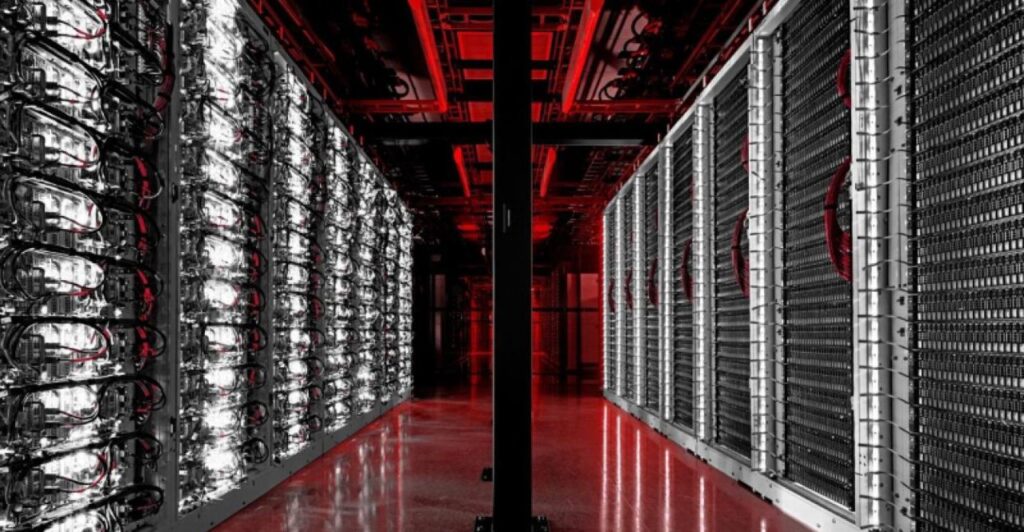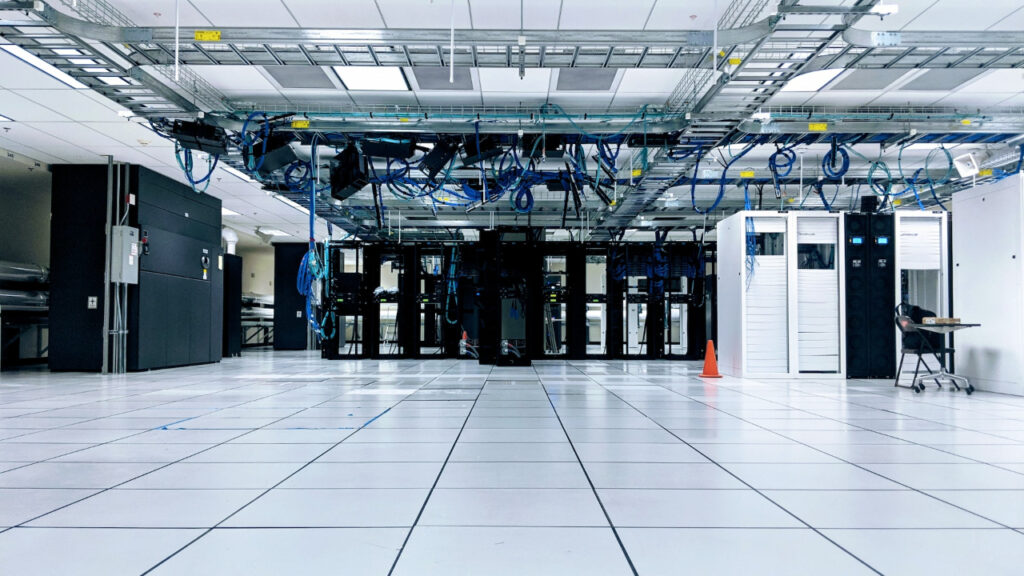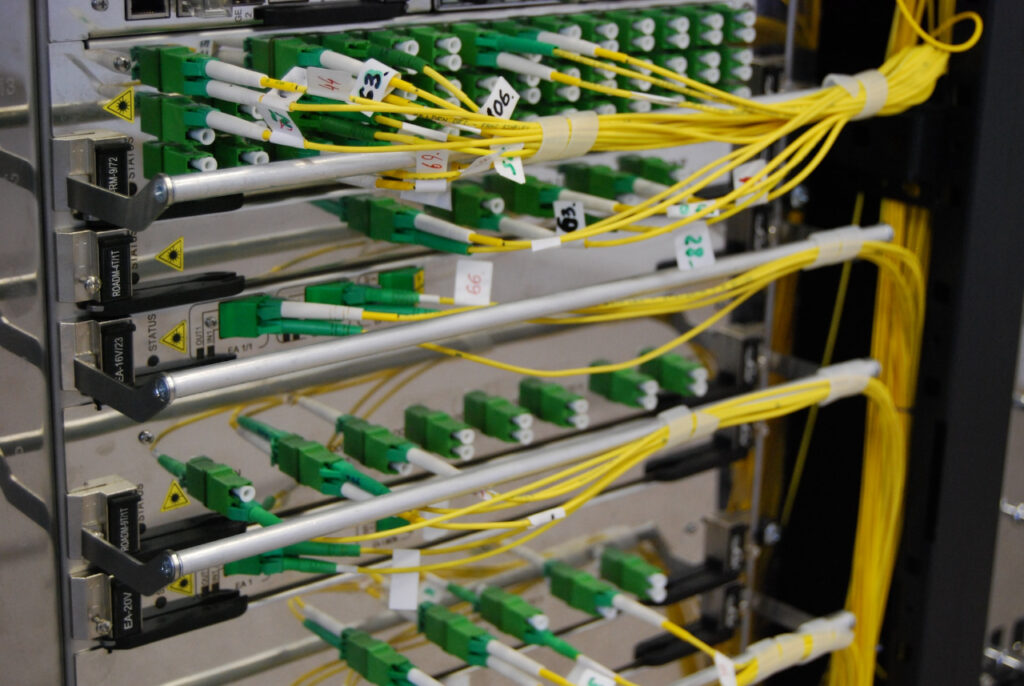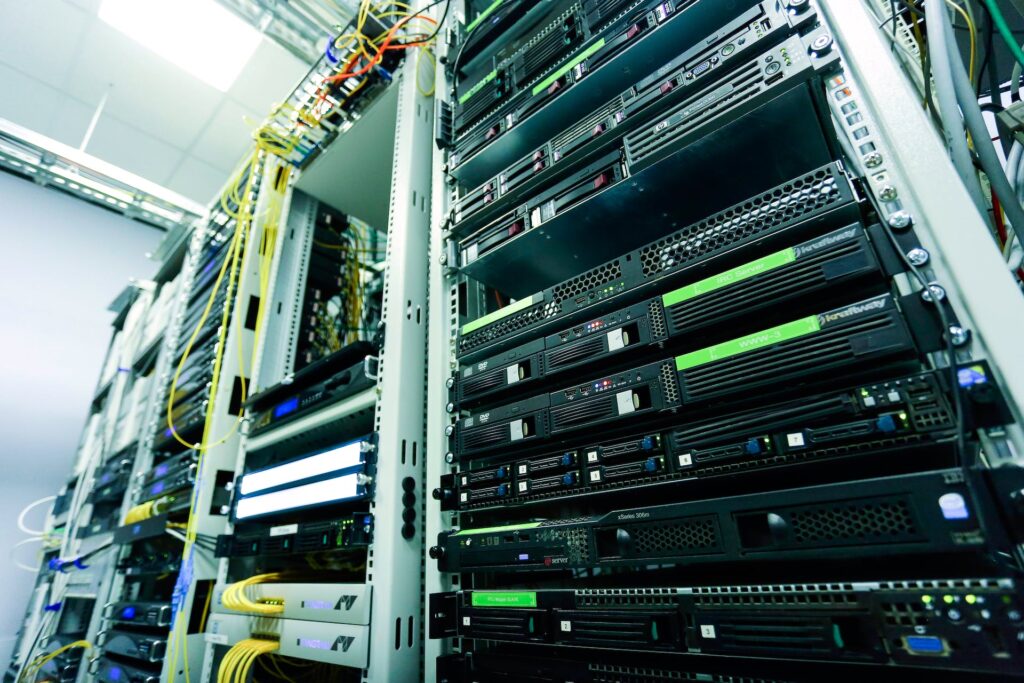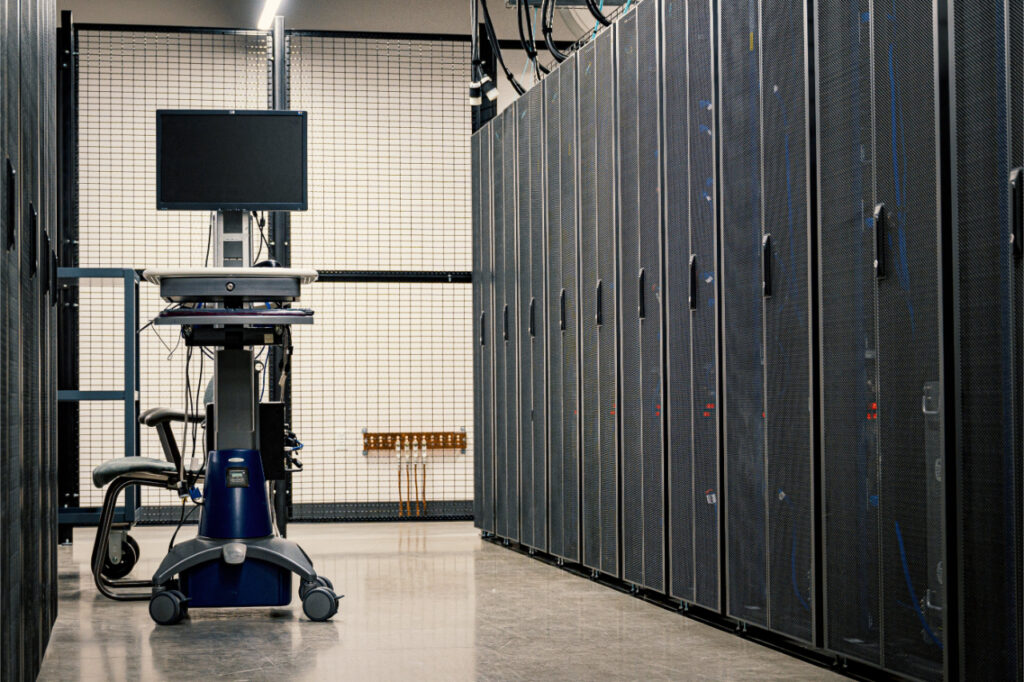In today’s data-driven business landscape, selecting the right data center configuration is crucial for ensuring the success and continuity of your organization. However, conducting a comprehensive assessment of each potential data center can take time and effort.
There are several industry standards that make your job easier and help you make an informed decision. These standards provide guidelines for designing, constructing, and operating data centers. Besides, they also divide them into categories based on their infrastructure capabilities.
One such globally recognized standard is ANSI/TIA-942. In this article, we will explore the ANSI/TIA-942 standard, its significance, and the different rating levels it defines.
What is the ANSI/TIA-942 Standard?

The ANSI/TIA-942 standard, developed by the Telecommunications Industry Association (TIA) and sanctioned by the American National Standards Institute (ANSI), serves as a valuable framework for designing, building, and operating data centers.
It aims to ensure that data centers meet specific requirements in terms of availability, reliability, security, and sustainability. Upon receiving ANSI/TIA-942 certification, data centers are categorized into one of four levels.
ANSI/TIA-942 Standard Rating Levels
The ANSI/TIA-942 standard establishes four rating levels, or tiers, which define a data center’s reliability and redundancy level.
Each tier represents a specific level of performance, reliability, and network resilience, enabling organizations to choose the appropriate tier based on their operational requirements and budget.
Tier 1

Tier 1 is the basic level, providing the least redundancy and fault tolerance. It offers a single path for power and cooling distribution without any redundant components. Tier 1 data centers offer limited availability and can experience planned and unplanned downtime. So, they serve as a suitable option for small businesses or non-critical applications that can tolerate occasional interruptions.
Tier 2
Tier 2 data centers introduce some level of redundancy to critical infrastructure components but have a single, non-redundant distribution path. Tier 2 data centers offer improved availability compared to Tier 1. So, they are suitable for organizations requiring higher uptime but can still tolerate occasional interruptions.
Tier 3

Tier 3 data centers are designed to provide higher redundancy and availability. They have multiple independent distribution paths for power and cooling systems, allowing for maintenance or equipment failures without affecting operations. Tier 3 data centers offer protection against the most physical events. So, if your organization requires continuous availability for critical applications and services, this is your solution.
Tier 4
Tier 4 is the highest level of data center reliability and availability defined by the ANSI/TIA-942 standard. These data centers provide the highest degree of fault tolerance and redundancy. This is because they have multiple active power and cooling distribution paths. It minimizes the risk of downtime due to equipment failures or maintenance activities. Besides, Tier 4 data centers are typically chosen by organizations with mission-critical operations that cannot afford interruptions.
AiNET’s data center is tier-4 certified by the ANSI/TIA-942, which means we offer the highest level of reliability with minimum downtime. Learn more about our data center infrastructure and choose a hosting plan that suits your needs. Get in touch with us today!
The world of data centers is as vast and complex as the digital universe itself. With so many options available, comparing virtual and physical data centers can be intimidating and difficult to navigate.
To help make the decision easier, this article will provide an overview of the key differences between these two types of data centers so that you can determine which best fits your needs.
What Is a Virtual Data Center?
A virtual data center is a cloud-based computing environment in which all resources are stored on remote servers hosted by service providers instead of on-premises hardware. It combines server, storage, networking, security, and software components into one unified platform for efficient management and scalability.
This type of data center is ideal for organizations that need a low-cost and high-performance data infrastructure.
What Is a Physical Data Center?
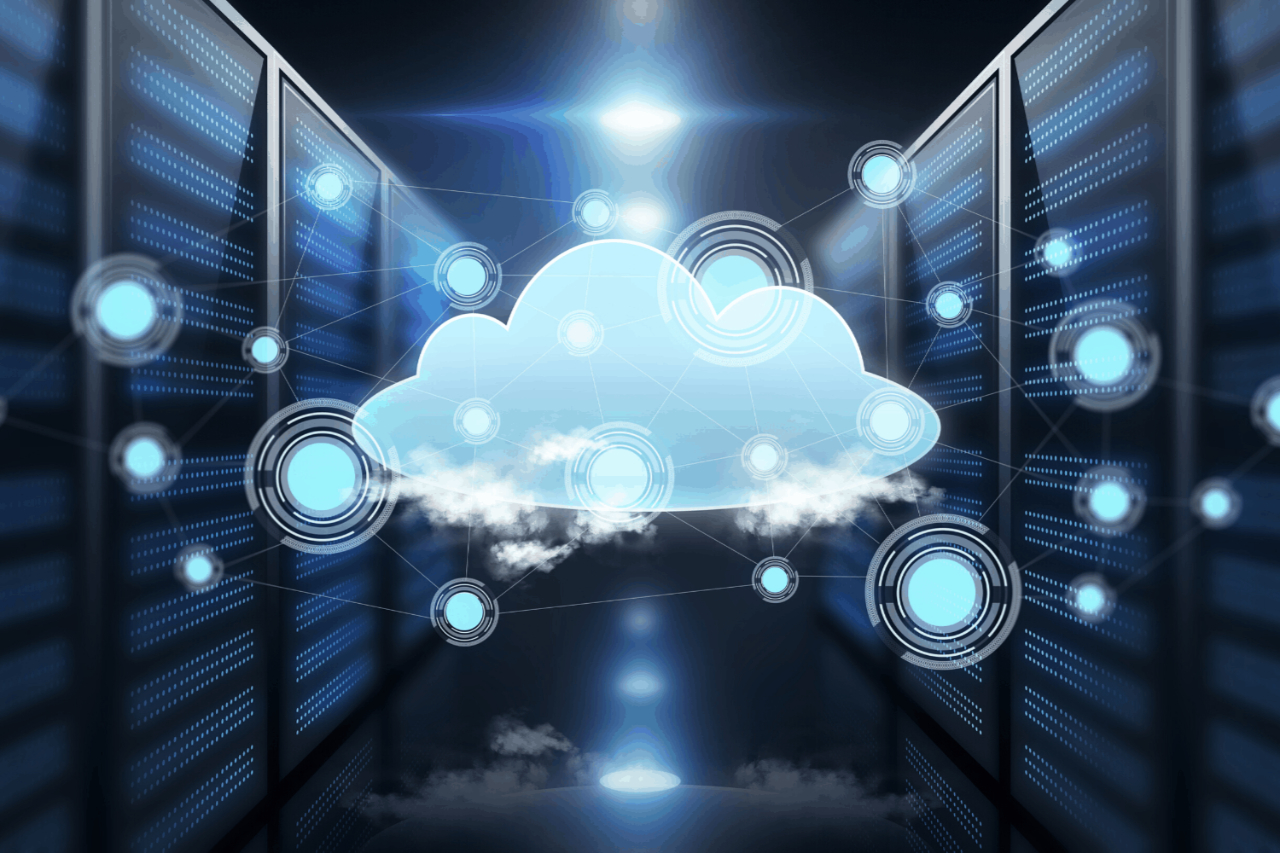
A physical data center is an on-premises solution that houses all of your hardware in one physical location. It includes servers, storage, networking equipment, software, cooling systems, and other necessary components.
This setup allows for better control over the hardware and environment since it is located right in your organization’s building. However, this option requires more maintenance due to its size and complexity.
Data Security: Comparing Virtual vs Physical Data Center
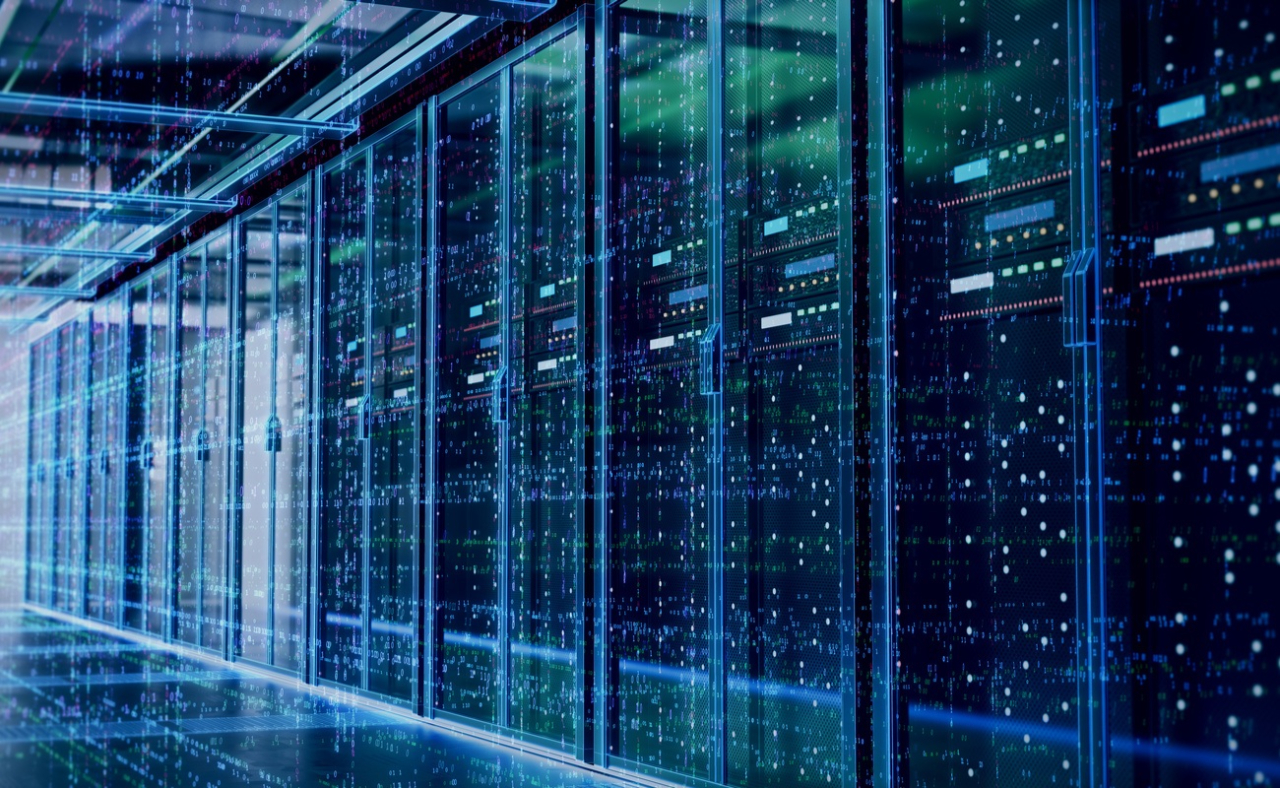
When it comes to security, virtual data centers generally offer greater flexibility. These providers allow you to manage access levels on a granular level using their in-house security tools as a third party manages their hosting.
Furthermore, virtual data centers are typically monitored and updated more often than physical ones, allowing for better protection against cyber threats.
However, physical data centers can provide superior levels of security due to their isolated nature. Every piece of hardware is physically secure from outside access, and the environment can be tightly controlled for optimal performance.
Cost Comparison: Virtual vs Physical Data Center

The cost associated with virtual data centers is typically lower than that of physical ones. Primarily because they do not require upfront hardware purchases or maintenance costs.
Generally speaking, you only pay for what you need in terms of storage space and computing power. So, if you are a smaller organization on tight budgets, it’s am ideal solution for you.
On the other hand, physical data centers require upfront investments and ongoing maintenance costs. So, they can be expensive in the long run. However, for larger organizations that demand very high levels of security and control, physical data centers may be the better option.
About AiNET
AiNET is a trusted provider of cloud storage and fiber optic internet services for businesses. With secure, scalable solutions and reliable high-speed connectivity, AiNET can offer the perfect online storage solution to meet your business needs.
Visit us today to learn more!
The data center business is an ever-evolving industry with incredible potential for growth and development. With new technologies, software solutions, and hardware capabilities being introduced constantly, the opportunities to explore are endless.
The data center business has become a cornerstone of many organizations, providing reliable hosting services and storage solutions that allow customers to access their data in an efficient manner.
In this article, we will explore some of the possibilities in the data center business. also, we will look at how organizations can use this technology to improve their performance and maximize their profits.
Data Center Infrastructure

Investing in a quality data center infrastructure is essential for any organization that wants to make the most out of its data center capabilities. So, choosing the right server racks, networking equipment, and energy systems are all essential components of a successful data center business.
Moreover, Investing in the latest technologies can help organizations remain competitive and provide customers with reliable services.
Storage Solutions
Data centers can offer an array of different storage solutions, including cloud-based storage, on-premises storage, and more. With these types of solutions, it’s possible to store large amounts of data securely and access it quickly.
Also, organizations can take advantage of these storage solutions to improve their data processing speed, reduce costs, and increase efficiency.
Security

Security is one of the most important aspects of any data center business. So, without proper security measures in place, organizations are vulnerable to malicious attacks that could disrupt operations or cause financial losses.
By investing in the latest security technologies, organizations can ensure that their systems are safe from external threats.
Data Analytics
Data analytics is another area of the data center business that has significant potential for growth. By analyzing customer data, organizations can gain valuable insights into user behavior and better understand how to optimize their services.
Moreover, this type of analysis can help businesses make smarter decisions and develop more effective marketing strategies.
Data Center Automation
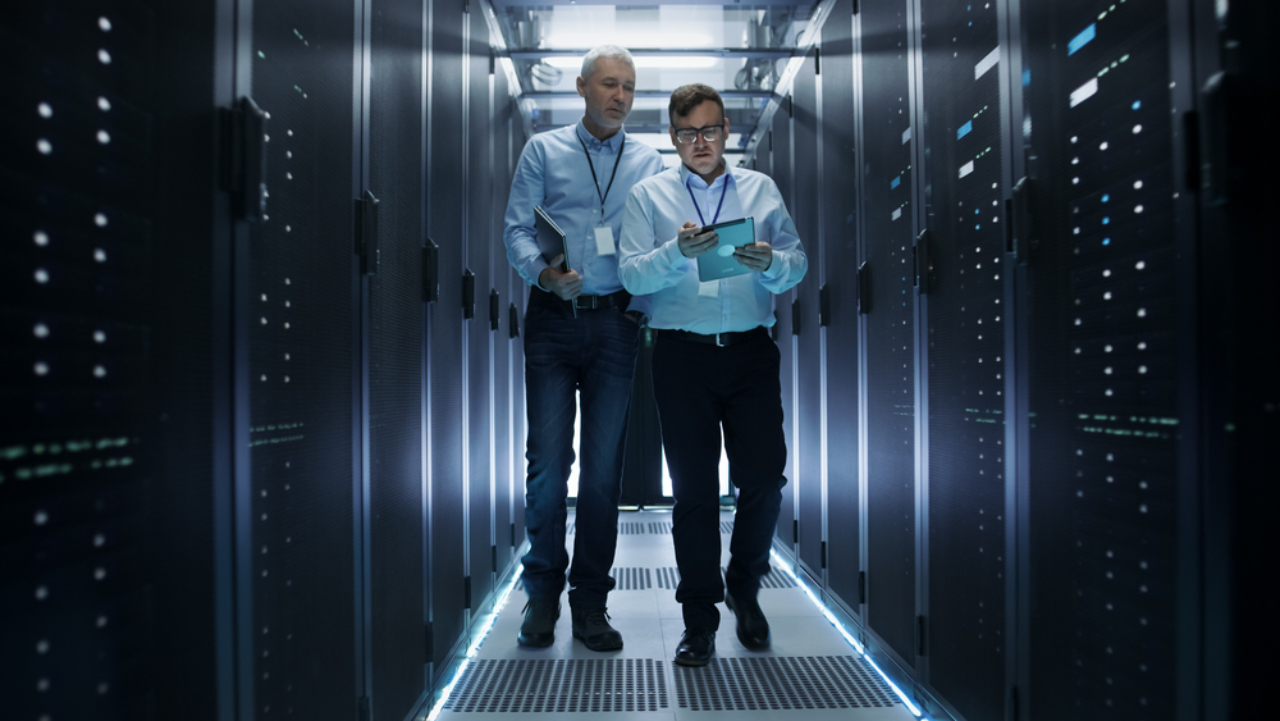
Automation is a key part of any data center business. By automating certain processes, organizations can reduce costs and improve performance.
This type of technology allows organizations to respond quickly to customer requests. Besides, it also ensures that their systems are running efficiently.
These are just a few of the possibilities available in the data center business.
Experience Unparalleled Connectivity with AiNET: Your Trusted Cloud Storage & Fiber Optic Internet Services Provider
AiNET is a trusted provider of secure cloud storage and fiber optic internet services. Besides, our solutions are designed to meet the needs of businesses, offering fast, reliable connectivity and scalability. Discover how AiNET can help power your business today.
Visit our website for more information about our comprehensive range of products and services!
Data center energy usage isn’t something that most people think about on a daily basis. However, it is an important factor to consider when running a business.
Data centers are responsible for consuming vast amounts of energy, and the costs associated with powering them can add up quickly. In order to stay competitive and efficient in today’s digitally-driven world, businesses need to change their perspective. They must understand what data center energy usage means for their operations.
Understanding Data Center Energy Consumption

Data centers consume enormous amounts of energy in order to power the servers, cooling systems, and networking equipment housed within them. This amount of energy consumption can have serious financial implications for any organization. Especially if the organization is relying on the infrastructure to operate its IT functions.
Fortunately, there are a number of steps you can take to reduce data center energy usage and keep costs under control.
The Basics of Data Center Energy Usage

We can typically divide data centers into two categories: large enterprise-level systems and smaller on-premise systems.
Enterprise-level systems require significantly more energy to run than on-premise systems. This is because they contain more equipment and need to maintain a certain level of redundancy. If they fail to do so, they can’t ensure maximum uptime.
On the other hand, an on-premise system usually contains fewer components but still requires power for cooling, networking, and other IT functions.
Data Center Efficiency Measures
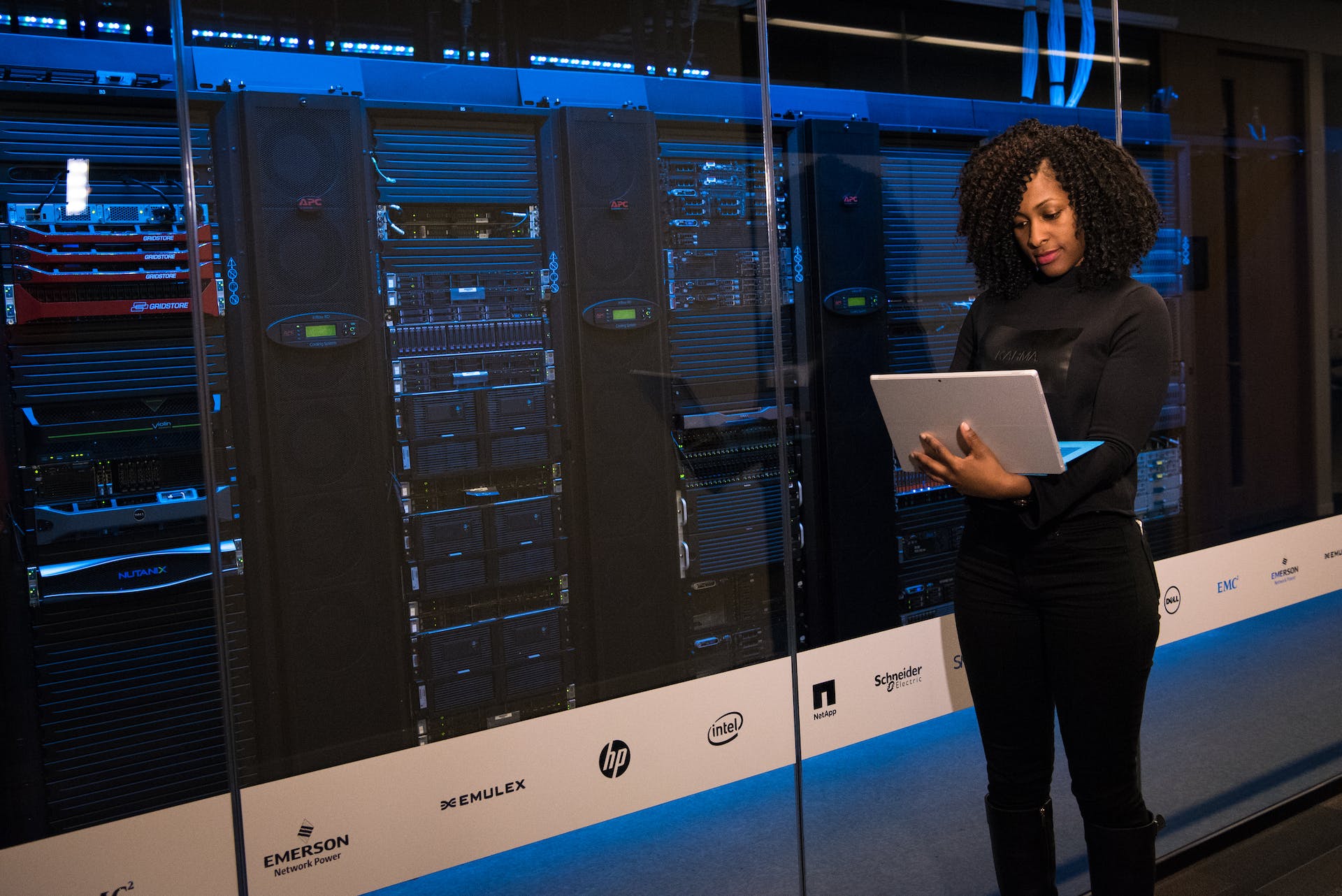
Data center efficiency measures involve everything from server consolidation and virtualization to the use of renewable energy sources.
Server consolidation is the process of reducing the number of physical servers in a data center, which can significantly reduce energy consumption.
Virtualization is also an important factor when it comes to efficiency. It allows for multiple virtual machines to run on one physical server.
Renewable energy sources such as solar, wind, and hydroelectricity are also becoming increasingly popular. They serve as good alternatives to traditional data center power sources. These renewable energy sources can help reduce costs while providing a clean and sustainable source of power.
Data Center Energy Optimization Techniques
In addition to the aforementioned measures, there are a number of other techniques you can use to optimize energy usage in a data center. This includes adjusting cooling settings, using efficient storage solutions such as flash storage, and taking advantage of power management tools.
AiNET offers secure, reliable cloud storage and fiber optic internet services for businesses. With their scalable solutions and high-speed connectivity, customers can enjoy increased productivity and peace of mind knowing their data is safe.
Visit AiNET to explore their robust selection of online storage options!
A data center is the heart of any business, as it is responsible for storing and managing an organization’s vital information. It’s critical to understand how a data center works in order to ensure its success.
In this article, we will explain the basic requirements and components needed in a successful data center and how they all work together.
Physical Infrastructure
The first component of a data center is the physical infrastructure, just like a building of a school. This includes racks, cabinets, servers, storage devices, and other hardware needed to operate the system.
It’s important to consider factors such as power and cooling needs when designing your data center. Without proper planning, it can lead to outages or degraded performance due to an inadequate power or cooling system.
Network Infrastructure
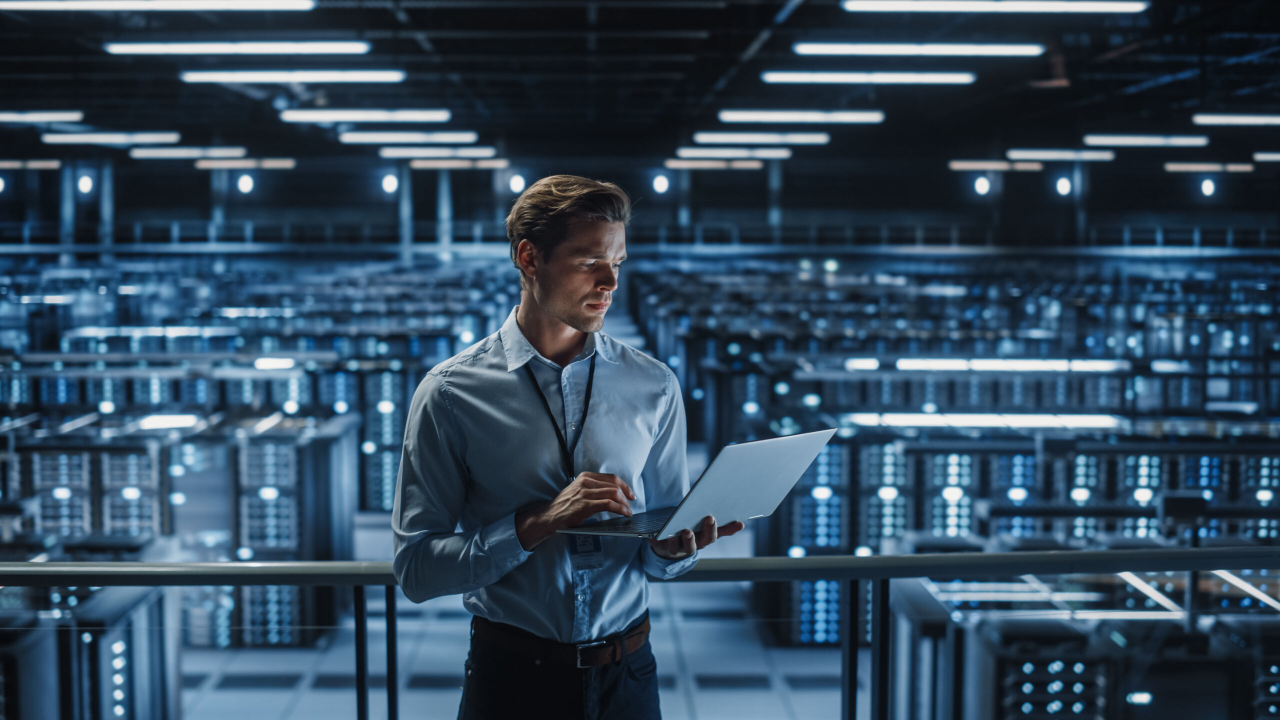
The second component is the network infrastructure, just like the staff and management in the school.
This component provides the connection between all devices in the data center. It’s responsible for managing traffic and providing mobility between components. TCP/IP networks are typically used as they provide reliable and secure communication while allowing for fast transfers of information.
The use of a Network Interface Card (NIC) is also helpful to ensure that communication between components is efficient.
Software Infrastructure

The third component is the software infrastructure, just like the records and files of the school that keeps track of everything.
This component provides additional functionality and allows for automation of tasks. It’s important to choose a system with features such as redundancy, scalability, and security in order to guarantee its performance.
Virtualization is also a great way to maximize the use of resources, as it allows for multiple systems to run on one physical server.
Maintenance and Management
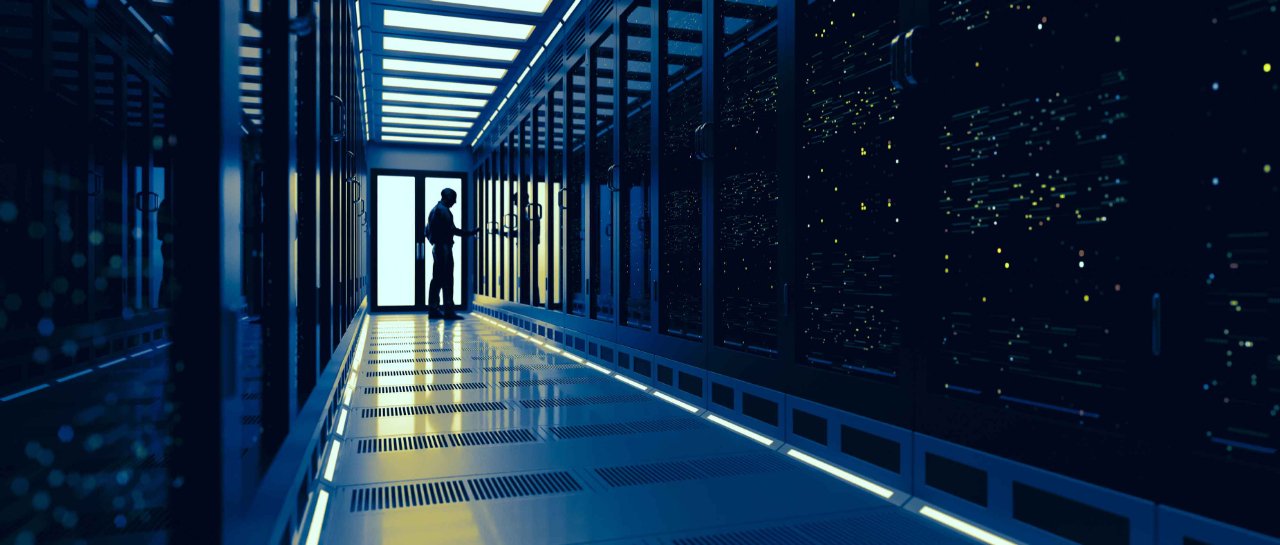
Data centers require proper maintenance and management in order to ensure optimal performance. This includes regular monitoring, patching, and upgrading processes.
It’s important to have an efficient system for keeping track of changes and prevent any issues from arising. Additionally, a disaster recovery plan should be implemented in case of emergency.
When taken into consideration along with other factors such as security and compliance requirements, an organization can ensure its data is safely stored and managed. By understanding the basics of how a data center works, businesses can confidently rely on their critical systems to keep operations running smoothly.
About AiNET
At AiNET, we provide our clients with an all-in-one solution for their IT infrastructure needs. Our comprehensive approach includes data center colocation, cloud storage and fiber optics network services. This allows for easy planning and management of any IT structure, creating a streamlined setup that helps businesses thrive. With AiNET at the helm, you can rest assured that you have the best infrastructure for your company. Get started today and take control of your IT situation at AiNET!

